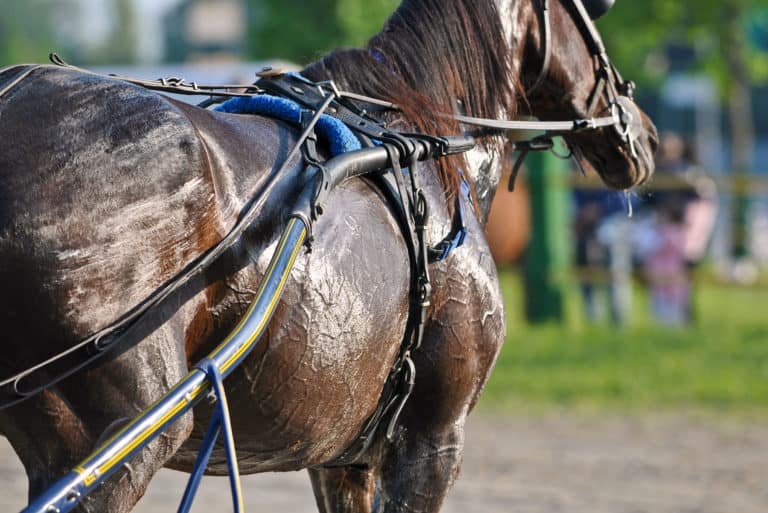Online Horse Health Care
The Internet has permeated nearly every aspect of our lives; we use it for music, movie tickets, tools, clothing, research, a social life, sport picks, and who knows what else. Information is so easy to find, but there is, as always, a











